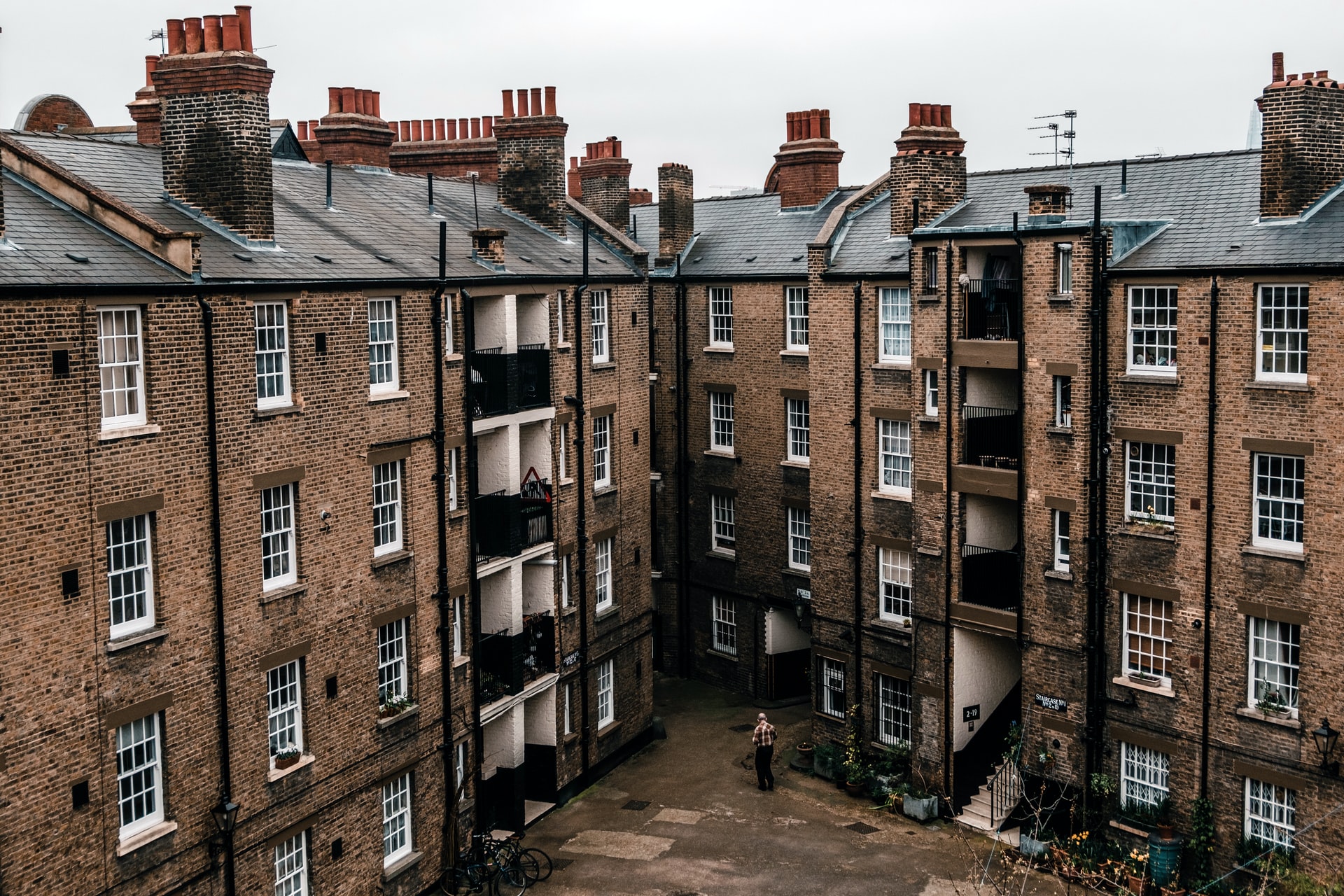The debate about which glazing option is better – double glazing or secondary glazing for sash windows – has been raging for years. Pros and cons exist, so it’s a matter of personal preference, budget and requirements.
Here’s a rundown of the main points to consider when choosing between secondary glazing or sash windows double glazing for your original window.
The benefits of Double Glazing compared to secondary glazing
Double glazing for sash windows is more energy-efficient than secondary glazing if Low-E triple glazing or vacuum glazing is used. It will also reduce noise pollution from outside better.
The double glazing is a more high-end option; it looks sleeker. It is easier to operate double-glazed sash windows than the same windows but with secondary glazing.
Secondary glazing can reduce the amount of light that comes into your home and make your windows look ‘cluttered’ from the inside. It can also be difficult to find secondary glazing that matches the style of your existing windows.
Better energy efficiency
Double glazing is a good option if you’re looking for a way to make your home more energy-efficient and reduce heat loss. Double-glazed units are made up of two panes of glass with a gap in between filled with inner gases, or the air is removed to create vacuum-sealed units. These gases or vacuums act as insulators and improve thermal efficiency, making heat less likely to escape through the window. With this type of glazing, you will need less energy to heat or cool down your home and save on your energy bills.
Reduce condensation
Another benefit of double glazing is that it can help to reduce condensation on your windows. It keeps one of the glass panes warm, so the condensation is less highly to appear. less condensation means a healthier home and more sound timber frames and glazing bars.
Better sound insulation – Outside noise reduction
If you live in a busy area or near the main road, you’ll know how annoying noise pollution can be. Double-glazed windows can help reduce the amount of noise that comes into your home, as the gap between the two panes of glass acts as a sound barrier.
The disadvantages of Double Glazing compared to secondary glazing
Secondary glazing is cheaper than double glazing, and a wide range of DIY kits are available for all types of timber windows. Secondary glazing can be installed behind the existing windows, which means less disruption during installation.
To get the double glazing benefits, you either buy new double-glazed sash windows or retrofit the original sash windows with slimline heritage double glazing. So it is not a straightforward process; you will probably spend around 3-6 months searching for sash window specialists, collecting and comparing quotes. The lead time for new windows or retrofitting will also make you wait for some time.

Types of Secondary glazing
There are two main types of secondary glazing – internal and external. Internal secondary glazing is fitted on the inside of your existing sash window; internal secondary glazing is the most popular type as it’s less disruptive to install and can be easily removed if you want to return
Types of secondary glazing units:
- Hinged
- Removable
- Fixed panels
- Vertical sliding
- Horizontal sliding
- Lift-out
- Bespoke secondary glazing
Double glazing options for your property
Several other options are available as well as the standard double-glazed units that are fitted into new windows. You could opt for triple-glazed units, which are even more energy-efficient, or you could choose to have Low-E glass fitted. You also have an option to fit vacuum slimline double glazing into existing sashes or fit new double glazed sashes into existing timber frames.
New double-glazed sash windows
If you think your current window frames are too rotten, you may consider opting for new double-glazed sash windows. Double-glazed sash windows are more energy-efficient than single-glazed units and will help to keep your home warm in winter and cool in summer. New windows also come with a guarantee for at least 8 years. They’re also much less drafty, so you’ll notice a reduction in noise from outside.
The only downside to double-glazed sash windows is that they can be more expensive than retrofitting double-glazing to existing windows, and they are not as long-lasting as you might think.
Retrofit double glazing to existing windows
If you have existing timber sash windows that you want to make more energy-efficient, you could consider retrofitting double glazing. This involves fitting new thin-profile double-glazed units into your existing wooden window frames. It’s a relatively straightforward process which gives the same benefits of new double glazing windows but preserves the original features of your period property.
The only downside to retrofitting double glazing is that it can be still expensive compared to cheaper secondary glazing.
So, there you have it – a rundown of the main points to consider when choosing between double glazing and secondary glazing for sash windows
Which is better double glazing or secondary glazing for listed buildings?
If you live in a listed building, you may be wondering whether you can install secondary glazing. The good news is that you do not need permission from your local authority to install sash windows secondary glazing.
While double glazing is an option for listed buildings, secondary glazing is often the preferred choice. This is because it’s less disruptive to install and can be easily removed if necessary, but now the demand for double glazing retrofitting services is growing.
As you can see, there are advantages and disadvantages of both double glazing and secondary glazing. Ultimately, the best glazing option for your house will depend on your budget, your needs and whether you live in a listed or non-listed building.
Conclusion about the choice between secondary glazing and double glazing.
The choice depends on budget, the type of property you live in, and personal preferences.
We believe that sash windows double glazing retrofitting is the best option as it is cheaper than new double-glazed sash windows; it preserves original windows as secondary glazing and costs something in between the new windows and secondary glazing.
You will still need a building consent from the conservation officer to fit double glazing into the original frames. Still, it is easier compared to getting permission for new bespoke windows.



 Bitcoin
Bitcoin  Ethereum
Ethereum  Tether
Tether  XRP
XRP  Solana
Solana  USDC
USDC  TRON
TRON  Cardano
Cardano  Lido Staked Ether
Lido Staked Ether  Avalanche
Avalanche  Toncoin
Toncoin